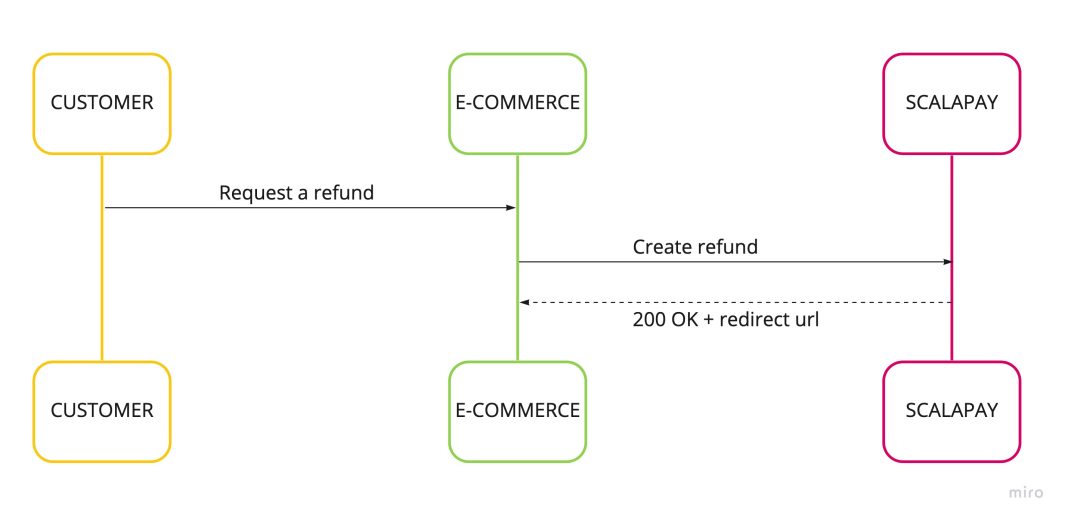
Target, the Minneapolis-based retailer, is set to report its quarterly earnings on Wednesday in an effort to bounce back from a period of weaker sales and profits. Wall Street analysts are expecting earnings per share of $2.18 and revenue of $25.21 billion for the company. Target has been struggling recently as consumers prioritize everyday expenses like food and housing over discretionary items like clothing and home decor. This has resulted in declining comparable sales for the past four quarters.
However, Target leaders have expressed optimism about the company’s future. In May, they stated that Target was on track to return to sales growth in the second quarter. The company projected that comparable sales for the full year would range from flat to up 2%, and adjusted earnings per share would be between $8.60 and $9.60.
To boost sales and increase foot traffic, Target has implemented several strategies. In May, it announced price cuts on about 5,000 frequently bought items, including diapers, milk, and paper towels. The retailer also relaunched its loyalty program earlier this year and introduced a new paid membership called Target Circle 360, offering perks like free same-day deliveries. Additionally, Target held its own sales event in July to compete with Amazon’s Prime Day.
The back-to-school season is also crucial for Target, as families typically purchase new shoes, clothes, backpacks, and other supplies during this time. This season could potentially contribute to the company’s sales growth.
There are positive indicators that could work in Target’s favor. Consumer spending in July exceeded expectations, with advanced retail sales rising 1% compared to the previous month, according to the U.S. Department of Commerce. This suggests that consumers are willing to spend despite economic uncertainties.
Target’s big-box competitor, Walmart, recently surpassed Wall Street’s expectations for its own quarter and dispelled concerns about consumer health worsening. However, Target’s sales mix differs from Walmart’s. Only 23% of Target’s revenue comes from groceries, while Walmart’s U.S. business relies on groceries for about 60% of its revenue. Walmart’s strong quarterly results may pose a threat to Target as it attracts customers, particularly upper-income households, who may choose Walmart over other retailers like Target.
As of Tuesday’s close, Target’s stock is up about 1% for the year, lagging behind the approximately 17% gains of the S&P 500 during the same period. This suggests that investors may have concerns about the company’s performance.
In conclusion, Target’s upcoming earnings report will be closely watched by both investors and analysts. The company’s efforts to drive sales growth and increase foot traffic will be under scrutiny, particularly in light of Walmart’s recent success. The back-to-school season and positive consumer spending indicators provide potential opportunities for Target to regain its footing in the retail market. However, the company will need to address its sales mix and compete effectively against its rivals in order to achieve sustained growth and profitability.


